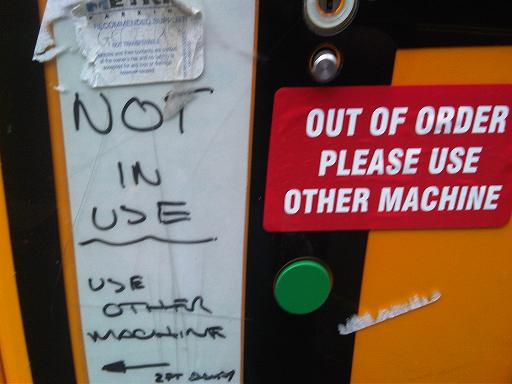
A collective sigh of relief passes around humankind as we hear that robots aren’t taking over just yet. In fact, it hasn’t been a very good time for things automated with some well publicised setbacks for our mechanical friends.
In the mining industry, BHP were issued with an improvement notice over a crash involving two of its automated trucks. See more here.
In the automotive world, there was a recent Top Gear programme in the UK that put to the test VW’s automated braking system……. that didn’t go well.
And of course, in aviation, there was a second tragedy involving Boeing’s 737 Max, this time in Ethiopia. Preliminary speculation has pointed the finger at the built-in software intended to prevent the aircraft from stalling. Obviously more thorough investigation should reveal the truth.
To cap it off, Alberto Moel, VP Strategy & Partnerships at Veo Robotics blogged in the pages of Gears Matter about the fragility of automation.
In the blog, he cites an example of an automated production line where humans would have made more sense and performed the job more productively.
He also admits that automation is expensive. ‘It involves engineering resources, overhead and manpower to test and install. And although a well-designed automated process improves manufacturing efficiency, it is fragile and lowers system flexibility.’ His full article can be found here.
This isn’t meant as a knocking exercise on automation – more a reality check. The economics of automation in manufacturing is complex. Moel finishes off his blog by stating, ‘ But even with brittle highly automated systems, the economics of automation may favour more machines…and fewer humans….or maybe not?’ He leaves us with this teaser and promises to let us know the answer to this conundrum in his next few blogs in Gears Matter.
It all goes to show that to err is not always human….